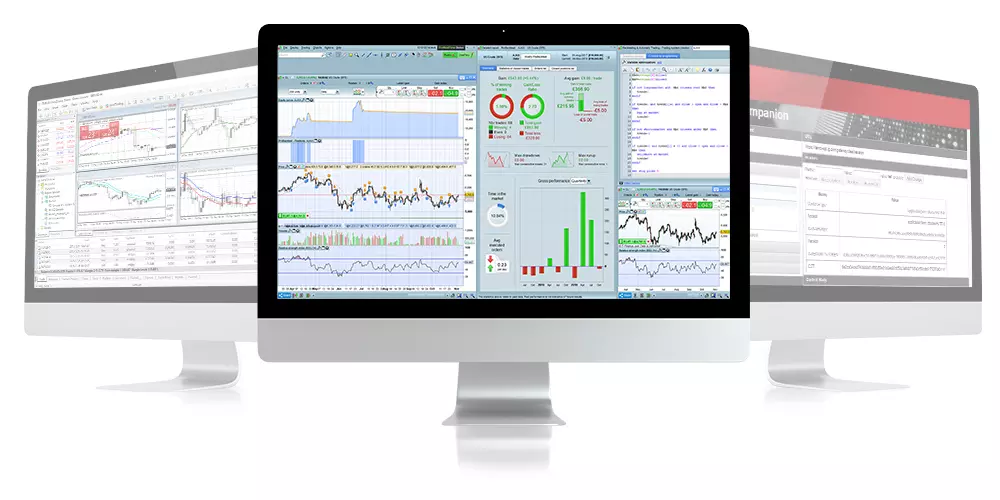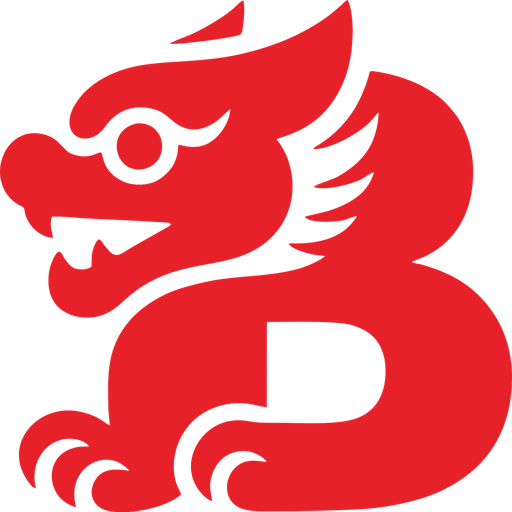Algorithmic trading
Create and refine your own trading algorithms, or use off-the-shelf solutions, when you choose the UK’s leading CFD provider.1
Start trading today. Call +971 (0) 4 5592108 or email sales.ae@ig.com. Our sales team is available from 8:00am to 6:00pm (Dubai time), Monday to Friday.

What is algorithmic trading?
Algorithmic trading is when you use computer codes and software to open and close trades according to set rules such as points of price movement in an underlying market. Once the current market conditions match any predetermined criteria, trading algorithms (algos) can execute a buy or sell order on your behalf – saving you time by eliminating the need to manually scan the markets.
With IG, algorithmic trading is made possible through partnerships with cutting-edge platforms such as ProRealTime and MetaTrader 4 (MT4), as well as with our native APIs. We also offer advanced technical analysis and charting tools to make algorithmic trading easy for you, whether you want to build and fully customise your own algorithms or use off-the-shelf solutions.
Why use our trading alerts?
- Remove human error
- Capitalise on rare or special events
- Supplement your existing strategy
- Low maintenance
- Backtest
- Increased opportunity with instant execution
Algorithmic trading with IG
![]()
![]()
Rely on advanced technology to combat gaming and reduce signalling
![]()
![]()
![]()
![]()
What’s the best algorithmic trading platform?

For easy-to-build algorithms
ProRealTime is the leading web-based charting package, which you can use to create your own trading algorithms. ProRealTime is designed to make building algorithms easy, and it is recommended if you want to create, test and refine your own algorithms.

For pre-made algorithms

For algorithms from scratch

Open an account now
- Fast execution on a huge range of markets
Enjoy flexible access to 17,000 global markets, with reliable execution
- Deal seamlessly, wherever you are
- Feel secure with a trusted provider
*Best Finance App, Best Multi-Platform Provider and Best Platform for the Active Trader as awarded at the ADVFN International Financial Awards 2024.
What are the main algorithmic trading strategies?
A price action algorithmic trading strategy will look at previous open and close or session high and low prices, and it’ll trigger a buy or sell order if similar levels are achieved in the future.
You could, for example, create an algorithm to enter buy or sell orders if the price moves above point X, or if the price falls below point Y. This is a popular algorithm with scalpers who want to make a series of quick but small profits throughout the day on highly volatile markets – a process known as high-frequency trading (HFT).
To create a price action trading algorithm, you’ll need to assess whether and when you want to go long or short. You’ll also need to consider measures to help you manage your risk, such as stops and limits.
You can configure a price action trading algorithm according to the market, the time frame, the size of the trade and what time of day the algorithm should operate – which can help you capture volatility as the markets open or close.
A technical analysis algo trading strategy relies on technical indicators including Bollinger bands, stochastic oscillators, MACD, the relative strength index and many more.
With this strategy, you’d create an algorithm to act on the parameters of these indicators, such as closing a position when volatility levels spike.
To create a technical analysis strategy, you’ll need to research and be comfortable using different technical indicators. For example, you can create algorithms based on Bollinger bands to open or close trades during highly volatile times. Whether you open or close depends on your attitude to risk, and whether you have a long or short position in a rising or falling market.
With a technical analysis strategy, you’re less focused on price and more interested in using indicators or a combination of indicators to trigger your buy and sell orders.
A combination algorithmic trading strategy uses both price action and technical analysis to confirm potential price movements. Algorithms can then enter buy or sell orders based on this information.
To create a combination trading strategy, you’ll need to carry out analysis of historical price action on an underlying market. This means having an understanding of different technical indicators and what they tell you about an asset’s previous price movements.
In a combination strategy, you’ll need to establish whether you want to go long or short, and when you want the algorithm to trade during the day.
You can configure a combination strategy according to the market, the time frame, the size of the trade and the different indicators that the algorithm is designed to use.
FAQs
What is the difference between automated trading and algorithmic trading?
The difference between automated trading and algorithmic trading is open to interpretation, because some people use the two terms interchangeably. However, automated trading usually refers to automation of manual trading through stops and limits, which will automatically close out your positions when they reach a certain level, regardless of whether you are at your trading platform or not.
Algorithmic trading, on the other hand, usually refers to the process through which a trader will build and refine their own codes and formulas to scan the markets and enter or exit trades depending on current market conditions.
What are some algorithmic trading strategies?
There are several algorithmic trading strategies to choose from. Most traders will choose a price action strategy or a technical analysis strategy, but some combine the two.
A price action strategy applies price data from previous open/close or high/low levels of a candlestick chart, to place trades in the future when those price points are achieved again. A technical analysis strategy relies on technical indicators to analyse charts and the algorithms will react to the markets depending on what the indicators show, such as high or low volatility.
What are the benefits of algorithmic trading?
Algorithmic trading has many benefits. Most notably, using algorithms removes your emotions from trading, because they react to predetermined levels and can do so when you are not even at your trading platform.
Other benefits include the time they save you, the fact that they can react to price movements faster than manual trading – ensuring you get the best price – and the backtesting and redefining which helps to ensure that your algorithms are performing at their optimum levels.
Try these next
ProRealTime
Trading on the move
APIs
* Best trading app as awarded at the ADVFN International Financial Awards 2020.
1 Based on revenue excluding FX (published financial statements, June 2020)

